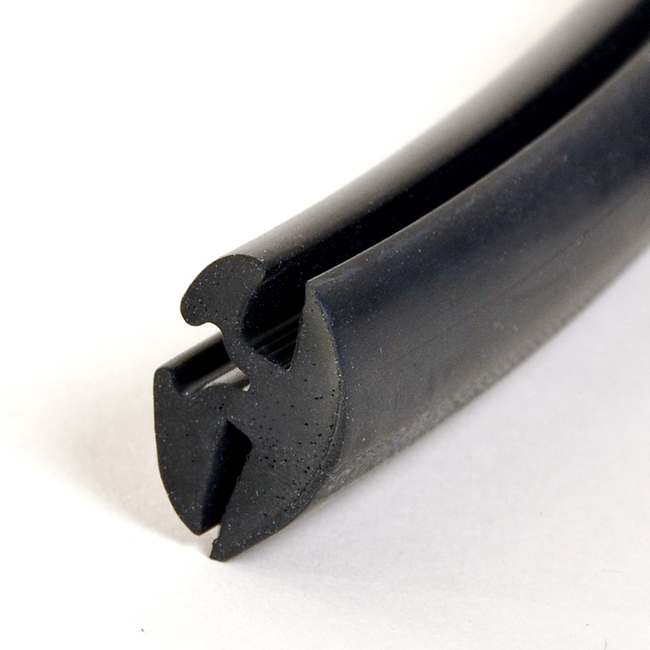Living in the Past
SILVER Star
In the process of cleaning and replacing the weatherstripping on my 70 FJ40. Shortly before the original owner sold it he had a shop in his small town replace the headliner. Did okay job on the headliner but instead of replacing the gaskets used some type of non hardening tar to keep the original gasket together. One thing I did notice it had the same piece of dark tan tape used at the factory to hold the weatherstripping in place on the assembly line.


Have the OEM weatherstripping for the cap. Believe the over windshield piece is not knocked the the wiper arm. The holes in the main section are oval for an easier fit and the second hole for the interior light is not there. Overall worth going OEM.
Have the OEM weatherstripping for the cap. Believe the over windshield piece is not knocked the the wiper arm. The holes in the main section are oval for an easier fit and the second hole for the interior light is not there. Overall worth going OEM.

